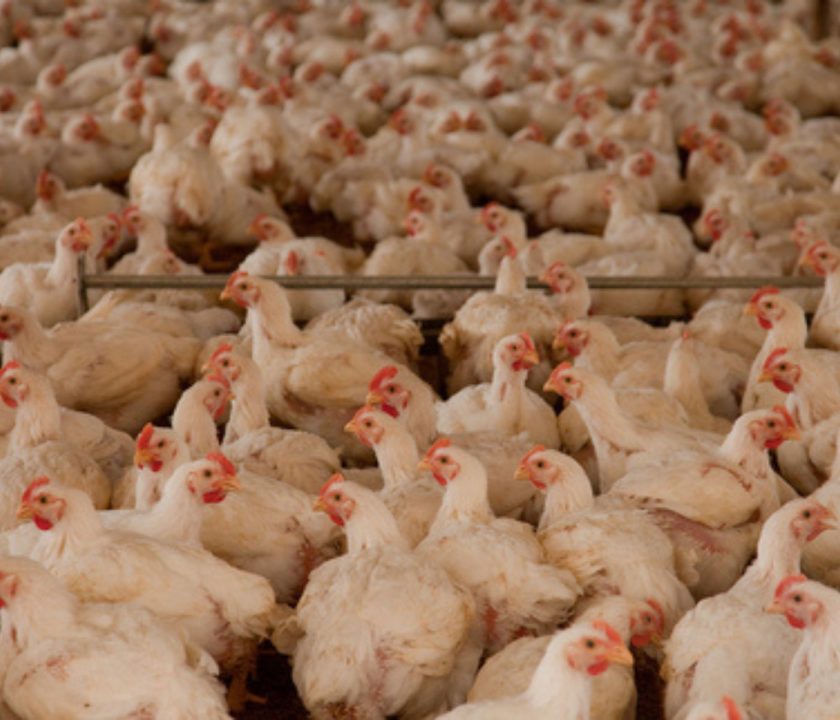Makikita ang content sa: English
As the Philippine poultry industry continues to grapple with the growing threat of highly pathogenic avian influenza (HPAI), a recent white paper published by the German-Philippine Chamber of Commerce and Industry Inc (GPCCI) is calling for urgent government action, including the expedited approval and rollout of avian influenza (AI) vaccines.
Titled ‘The State of the Avian Influenza Vaccine in the Philippines,’ the white paper is the result of a high-level roundtable discussion hosted by the GPCCI in October 2024. The event brought together key stakeholders—including the Bureau of Animal Industry (BAI), Food and Drug Administration (FDA), and the Department of Agriculture (DA)—to discuss the urgency of vaccines in preventing AI outbreaks.
The paper highlights the urgency of the avian influenza crisis, citing 34 H5N1 cases in 2024 and its ongoing threats to livelihoods, food security, and public health. While no human cases have been reported in the Philippines, outbreaks in Cambodia and Japan underscore the virus’s potential to cross species with deadly consequences.
At industry at risk
With 70 to 90 million laying birds concentrated in Central Luzon and CALABARZON, the stakes are high. HPAI threatens the poultry value chain, leading to mass culling and economic disruption. As of January 2025, AI affects five regions, nine provinces, 53 municipalities, and 136 barangays, with 17 areas recovering. However, the recent detection of H5N2 in Camarines Norte highlights the virus’s ongoing threat.
Gaps in reporting and biosecurity
Underreporting of avian influenza remains a critical issue. While BAI reports 1.7 million birds affected, the Philippine Egg Board estimates losses could reach 17 million—potentially exceeding PHP 6 billion in economic damage. Many farmers avoid reporting due to delayed compensation, stigma, and fears of closure.
Weak biosecurity, illegal animal movement, and migratory birds further complicate containment efforts.
Vaccine as a missing piece
Despite ongoing surveillance, experts agree that vaccination is the missing piece in the Philippines’ AI control strategy. The GPCCI paper cites Europe’s struggles despite strong monitoring, stressing that a well-regulated vaccine rollout could curb outbreaks and lead to long-term eradication.
Currently, no AI vaccines are commercially available, though vectored, inactivated, and mRNA options are in trials. With no legal vaccines, some farmers resort to smuggled alternatives, raising concerns over safety and regulation.
The Philippine College of Poultry Practitioners underscores the need for clade-specific vaccines following the DIVA principle for effectiveness and traceability.
What next?
The GPCCI white paper outlines several urgent recommendations:
- Fast-track vaccine registration: Expedite regulatory processes to make approved vaccines commercially available as soon as possible.
- Finalize national vaccination guidelines: Provide a clear, implementable framework for government units and industry stakeholders.
- Strengthen surveillance efforts: Ensure that vaccination is paired with robust disease monitoring and response mechanisms.
- Enhance public-private partnerships: Collaborate with poultry associations, farm owners, and animal health companies for education, awareness, and logistics support.
- Invest in laboratory infrastructure: Boost the capacity of national and regional laboratories to handle AI testing and strain identification.
It also highlights recent steps by the BAI, including assigning over 480 personnel to reinforce surveillance and quarantine efforts nationwide. However, experts say that without vaccines, these efforts may not be enough.
A call for collaboration
The GPCCI white paper calls for a unified, multi-sectoral approach to mitigate AI risks, urging collaboration between government, industry, and scientific institutions. Farmers, lacking legal vaccine options, turn to smuggled alternatives and underreporting, complicating disease control.
As the country awaits AI vaccine rollout, delays threaten animal health, food security, and potential zoonotic transmission. The white paper presents a roadmap for coordinated action, swift regulation, and long-term eradication.

